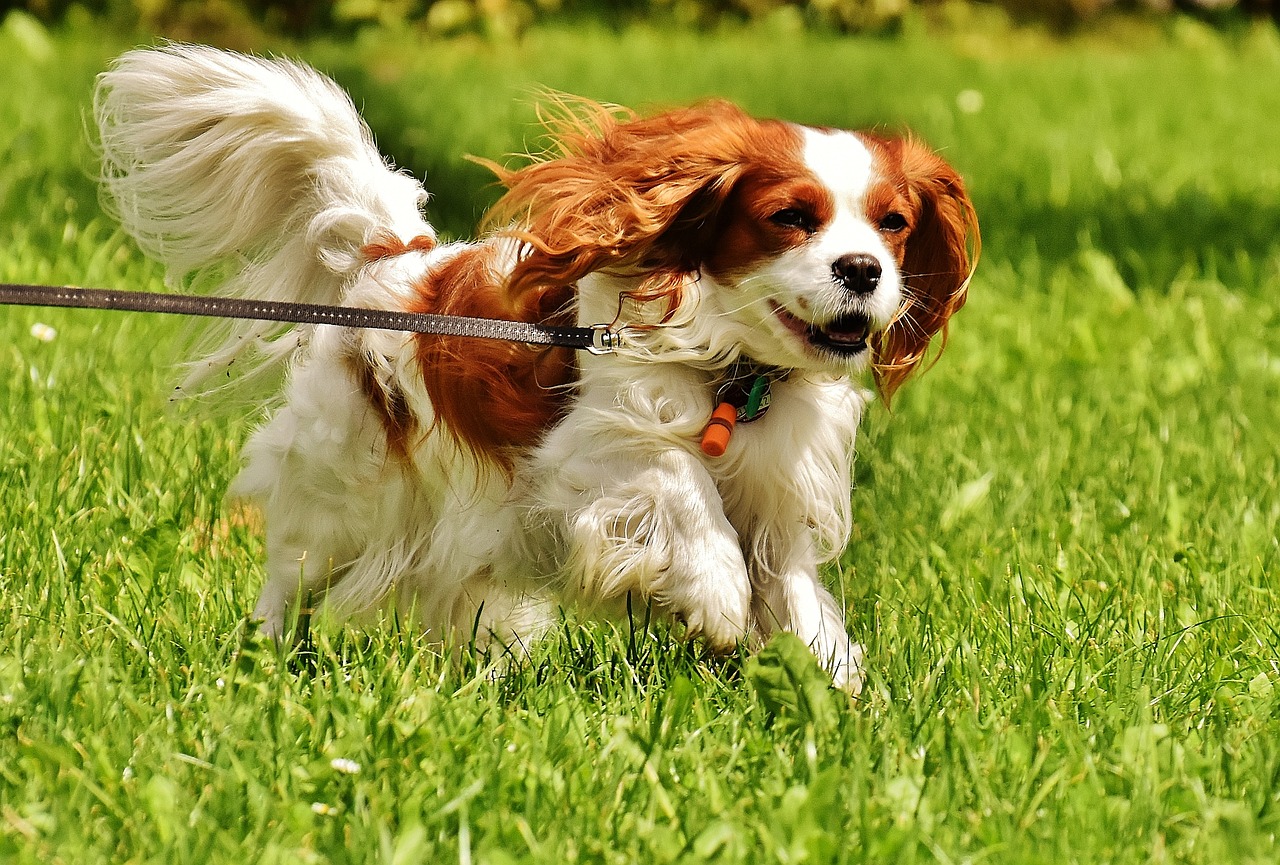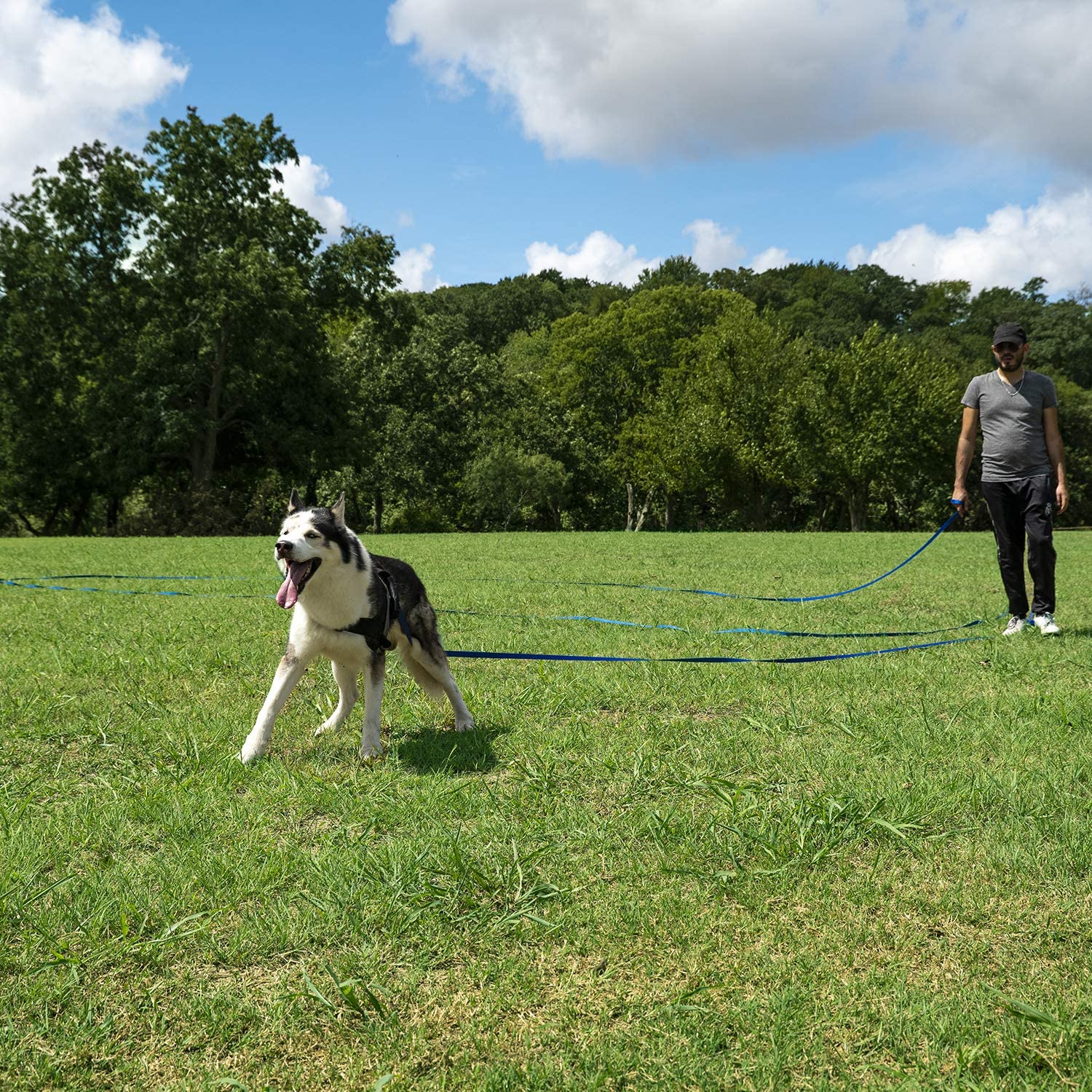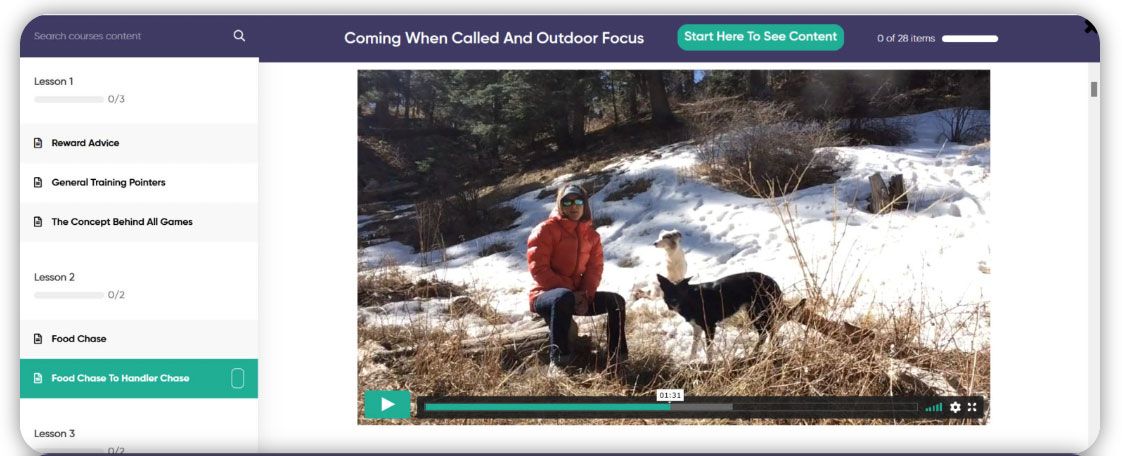
Training your Cavalier King Charles Spaniel to come when called is an essential skill that all pet owners should teach their furry friends. Not only does it help keep your dog safe in potentially dangerous situations, but it also strengthens the bond between you and your pet. However, training a Cavalier to come when called requires patience, consistency, and positive reinforcement techniques.
In this article, we will discuss some effective strategies that you can use to train your Cavalier to come when called and make the process enjoyable for both you and your furry friend.
Note: For a complete training, we highly recommend this SpiritDog Online Training Course “Coming When Called”.
1. Start with a Strong Foundation
Before you begin training your cavalier to come when called, it’s crucial to establish a strong bond with your pet. Spend time playing with your dog, engaging in activities they enjoy, and providing positive reinforcement through praise and treats. Building trust and a strong connection with your cavalier will make them more likely to respond positively to your commands.
2. Choose a Distinct Command Word
Select a specific word or phrase for the recall command, such as “come” or “here.” Ensure that the command is distinct from other commands you use and that all family members use the same word consistently. Consistency is critical to avoid confusing your cavalier and ensuring that they understand what you expect from them.
3. Begin Training Your Cavalier in a Controlled Environment
Start training your cavalier to come when called in a controlled, distraction-free environment like your home or a fenced yard. In the early stages of training, it’s essential to minimize distractions to help your dog focus on learning the new command. As your dog becomes more reliable in responding to the recall command, gradually introduce distractions and practice in various environments.
4. Use Positive Reinforcement with Your Cavalier
When training your cavalier to come when called, always use positive reinforcement techniques. Reward your pup with praise, treats, or playtime when they respond to your recall command. This will help create a positive association with the command and motivate your dog to respond consistently. Remember to be patient and consistent in your training, as it may take time for your dog to master the recall command.
If you’re using treats, these are currently the most popular training treats on Amazon.
5. Gradually Increase Distance and Distractions
As your cavalier becomes more reliable in responding to the recall command in a controlled environment, begin to increase the distance between you and your dog during training sessions. Practice calling your dog from various distances and gradually introduce distractions, such as other dogs, people, or toys. This will help your dog learn to respond to the command even in challenging situations.
Related: Looking for the fastest way to train your cavalier to come when called? Try this video course.
6. Make Yourself Interesting and Rewarding to Your Cavalier
To encourage your cavalier to come when called, make yourself more appealing and rewarding to your dog. Use an enthusiastic, high-pitched voice when calling your dog, and reward them with a treat or praise when they respond. You can also try running away from your dog when calling them, as this can entice your dog to chase after you and respond to the recall command.
7. Never Punish Your Cavalier for Coming When Called
It’s essential to avoid punishing your cavalier if they do not immediately respond to the recall command or if they come to you slowly. Punishing your dog can create a negative association with the command and make them less likely to respond in the future. Instead, be patient and continue to practice and reinforce the command using positive reinforcement techniques.
8. Practice the Recall Command Regularly with Your Cavalier
Consistent practice is crucial for training your cavalier to come when called. Incorporate recall training into your dog’s daily routine, and practice the command in various environments and situations. This will help reinforce the behavior and make it more reliable over time.
9. Use a Long Training Leash on Your Cavalier
When transitioning from a controlled environment to a more open space, consider using a long training leash to maintain control over your cavalier while they learn to respond to the recall command. This will help you avoid losing control of your dog and provide a safety measure as you gradually increase the distance and distractions during training sessions.
This is the most popular long training leash on Amazon.
10. Be Patient and Persistent with Your Cavalier
Training your cavalier to come when called takes time, patience, and persistence. Some dogs may learn the command quickly, while others may require more time and consistent practice. Be patient with your dog and maintain a positive attitude during training sessions. Remember that every dog is unique, and the key to success is consistent practice and positive reinforcement.
11. Use a Professional Online Cavalier Training Course
While this article provides many helpful tips for training your cavalier, you can increase your chances of success by enlisting the help of a professional online dog trainer. We love the SpiritDog online courses, since its includes unlimited questions with a real dog trainer.
You can check out their Teach Your Cavalier to Come Online Course Here
In conclusion, training your Cavalier King Charles Spaniel to come when called is an important aspect of responsible pet ownership. With consistent training and positive reinforcement techniques, your furry friend can learn to come when called, even in challenging situations. Remember to always use positive reinforcement, be patient, and practice regularly to reinforce the behavior. By mastering this skill, you can provide your Cavalier with the freedom to explore while also keeping them safe. With a little bit of effort and dedication, you can have a well-trained and obedient furry companion that you can rely on in any situation.
More Frequently Asked Questions For Training Your Cavalier
Training your Cavalier King Charles Spaniel is an ongoing process that requires dedication and patience. While we covered some essential tips and strategies for teaching your furry friend to come when called in the previous section, there are still some common questions that pet owners may have. In this section, we will address some of the more frequently asked questions for training your Cavalier.
1. How can I stop my Cavalier from jumping on people?
Cavaliers are naturally friendly and affectionate dogs, which can sometimes lead to jumping up on people as a way of greeting them. While it may seem harmless, jumping can be uncomfortable for some people and potentially dangerous, especially if your Cavalier is a larger size. The best way to prevent this behavior is to train your dog to greet people calmly and politely.
One way to do this is to teach your Cavalier the “sit” command and encourage them to sit when they greet people. You can also try turning away and ignoring your dog when they jump up, so they learn that jumping doesn’t get attention. Reward your Cavalier with praise or treats when they greet people calmly, and be consistent with your training to reinforce the behavior.
2. How can I stop my Cavalier from barking excessively?
Cavaliers can be vocal dogs, and while barking is a natural behavior, excessive barking can be a problem, especially if it disturbs your neighbors or becomes a nuisance. The first step in reducing excessive barking is to identify the trigger. Is your Cavalier barking because they are bored, anxious, or reacting to a particular stimulus?
Once you have identified the cause, you can start working on a solution. For example, if your dog barks when they are left alone, you can try crate training, giving them interactive toys or treats, or leaving a radio or TV on to provide background noise. If your Cavalier barks at strangers or other dogs, you can work on socializing them and teaching them to remain calm in these situations.
Consistency is key when it comes to reducing excessive barking. Reward your Cavalier when they are quiet, and avoid rewarding or reinforcing the behavior when they are barking. You can also try using a spray bottle or noise-making device to interrupt the barking and redirect your dog’s attention.
3. How can I train my Cavalier to walk calmly on a leash?
Walking on a leash is an important skill for all dogs, including Cavaliers. While it may take some patience and practice, teaching your dog to walk calmly on a leash is possible.
Start by introducing your Cavalier to a collar or harness and allowing them to get used to wearing it around the house. Once your dog is comfortable with the collar or harness, attach a leash and allow your dog to drag it around the house to get used to the sensation.
When it comes to walking on a leash, start in a quiet area with minimal distractions. Use positive reinforcement techniques such as treats or praise to encourage your Cavalier to walk beside you on a loose leash. If your dog pulls or becomes excited, stop walking and wait for them to calm down before continuing.
Consistency is key when it comes to leash training. Be patient and practice regularly, gradually introducing more distractions and challenging environments as your dog becomes more confident and obedient.
4. What’s the best online course for teaching a cavalier to come when called? At iHeartDogs, we recommend the SpiritDog online course “Coming When Called.” The course includes unlimited questions with a real dog trainer.
iHeartDogs is reader supported. Our articles contain affiliate links where we are paid a small commission for linking to a product at no additional cost to the reader.



 Toledo, United States.
Toledo, United States.